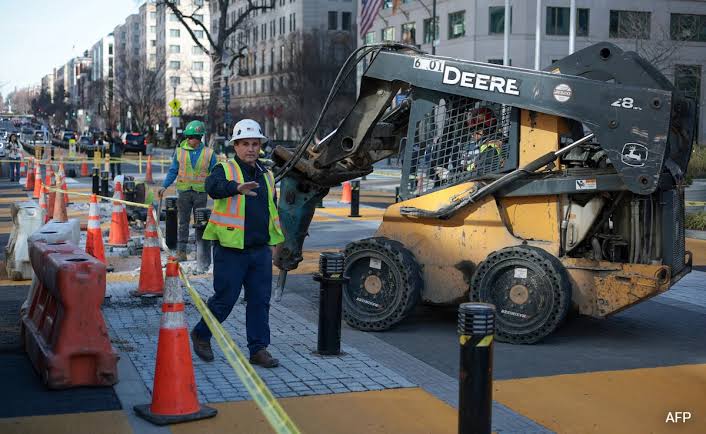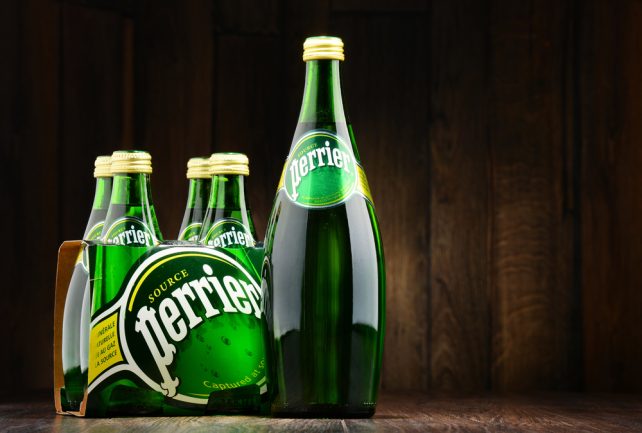
On Monday, workers in Washington began the process of removing a “Black Lives Matter” mural that had been painted on a street near the White House during the peak of the 2020 racial justice protests, responding to pressure from then-President Donald Trump. The large yellow letters spelling “Black Lives Matter” had adorned the roadway since June 2020, following nationwide protests triggered by the police killing of George Floyd, an unarmed Black man.
City officials in the nation’s capital had previously acknowledged that the mural contributed to reducing tensions in the area, where violent confrontations between protesters and law enforcement had taken place shortly before its installation.
At the time of the protests, Trump was in office and returned in January with intentions to dismantle various diversity, equity, and inclusion (DEI) initiatives that had gained traction across both public and private sectors in the aftermath of George Floyd’s death.
Republican members of Congress and Trump’s advisors viewed the mural as part of their broader strategy to implement changes in the governance of Washington, a city predominantly led by Democrats.
Mayor Muriel Bowser, a Democrat, has aimed to foster a cooperative relationship with Trump to counter Republican efforts to revoke the city’s self-governance rights. She has expressed concerns that potential mass layoffs of federal employees, driven by Trump and his advisor Elon Musk, could severely impact the city’s economy.
“We have more pressing issues to address than disputes over something that has been significant to our community and its history, particularly in maintaining safety during that period—the mural was crucial in that regard,” Bowser stated to reporters last week. “However, our current priority is ensuring the well-being of our residents and the stability of our economy.”
When questioned about whether the decision was influenced by pressure from the White House, she responded, “I won’t discuss the details… but it’s clear that many people are unhappy with it.”
See More: Bolloré media empire’s pro-Russia stance sparks tensions with Élysée Palac
As jackhammers tore through the pavement on Monday, a crowd of spectators captured images of the ongoing work.
Two African American women shared with AFP their disappointment over the removal of the mural, stating they wanted to take one last look.
Both identified as lifelong Democrats.
“It’s a part of history… and now it feels like they’re erasing it,” remarked one woman, a 54-year-old caregiver from Virginia who preferred to remain anonymous due to her political affiliations.
“The funds allocated for its removal could have been utilized for so many other important initiatives,” she added.
“What comes next?” inquired her friend, 57-year-old Tajuana McCallister, a healthcare professional from Maryland.
“It seems like Black history doesn’t hold any significance for him,” she said, gesturing towards the White House.
The mural, created during the protests, symbolized leaders’ compassion and their message of “we hear you,” according to the caregiver.
Its removal, she argued, indicates that “the promises made by leaders no longer hold value.”



